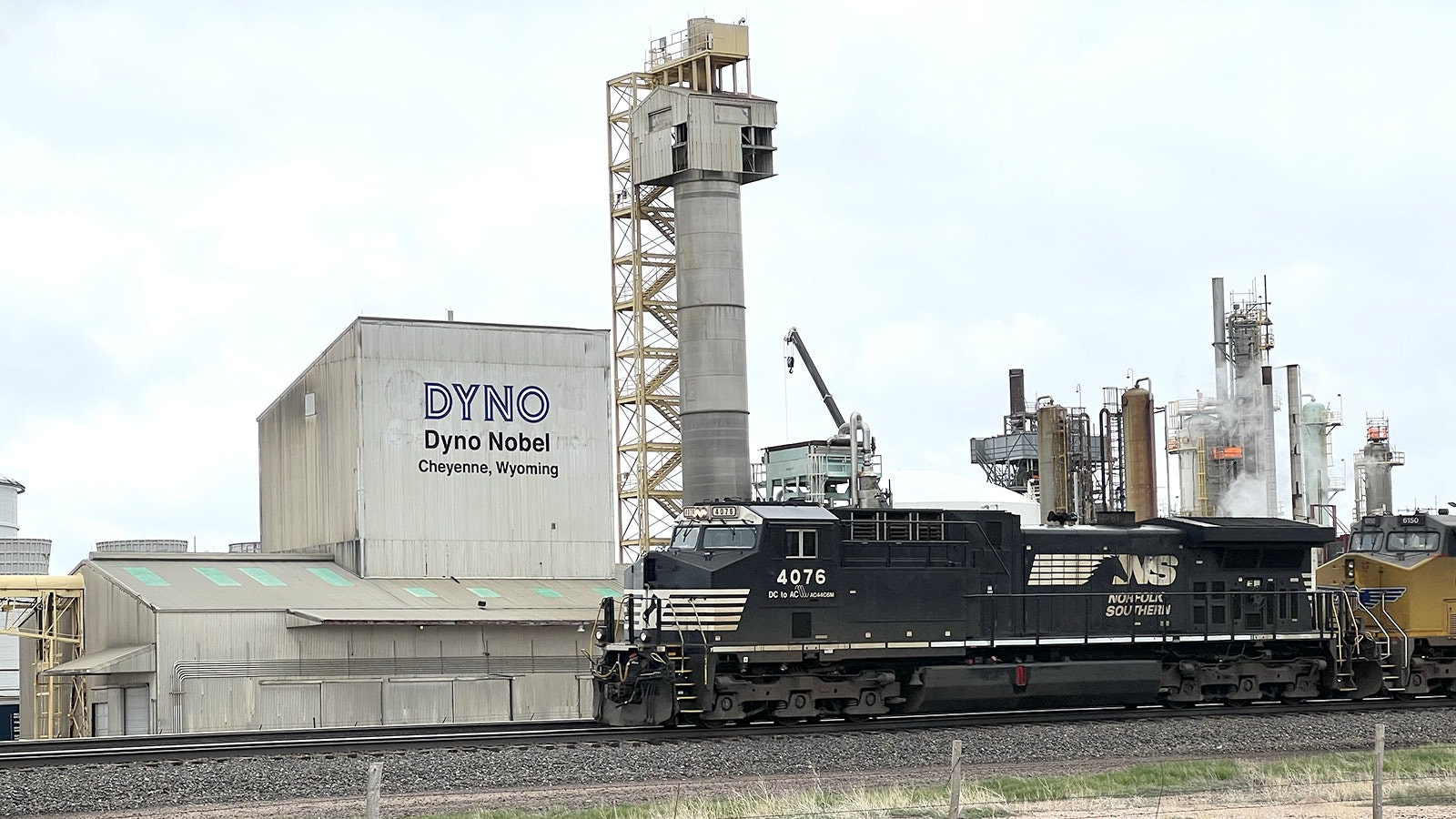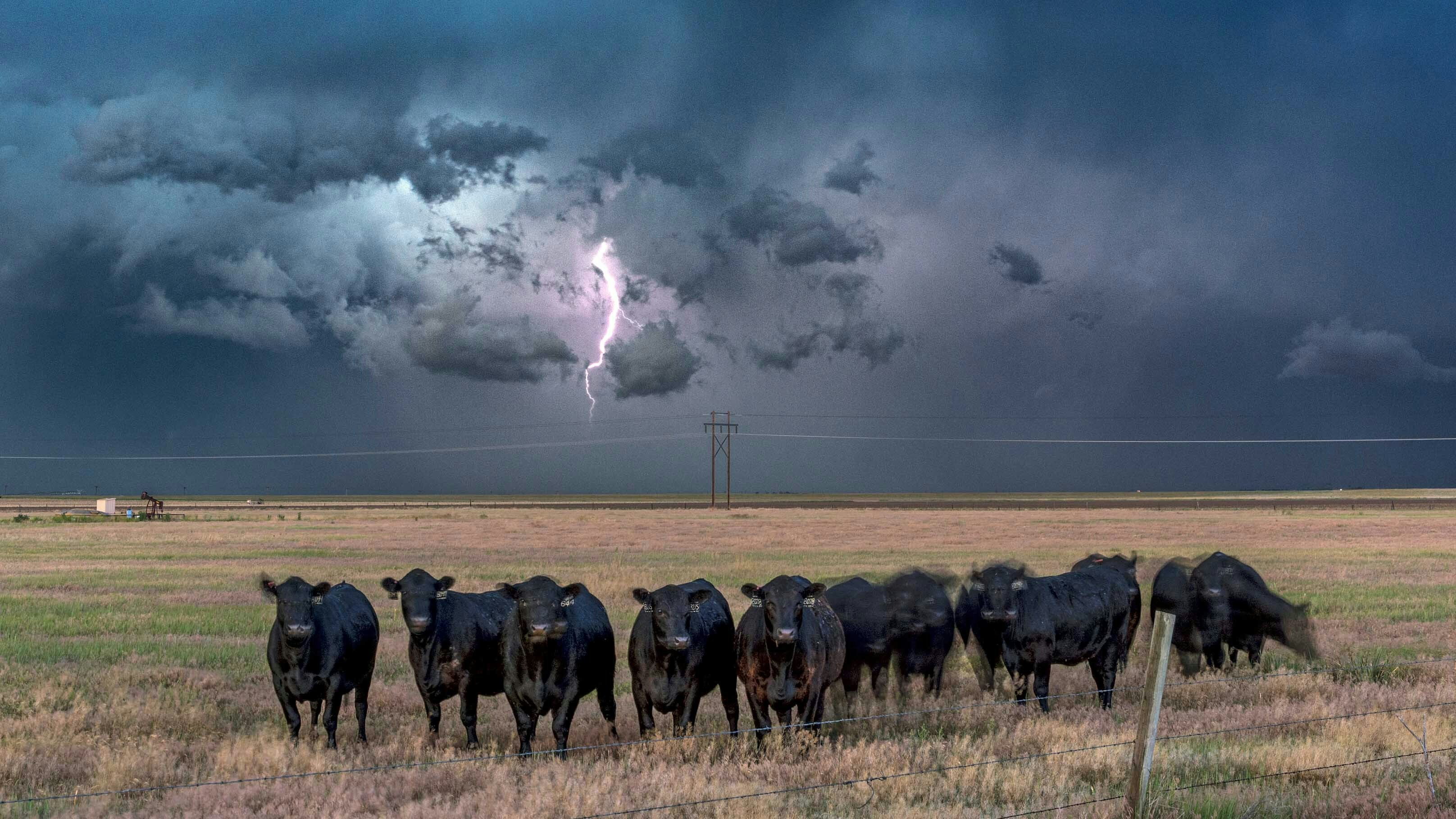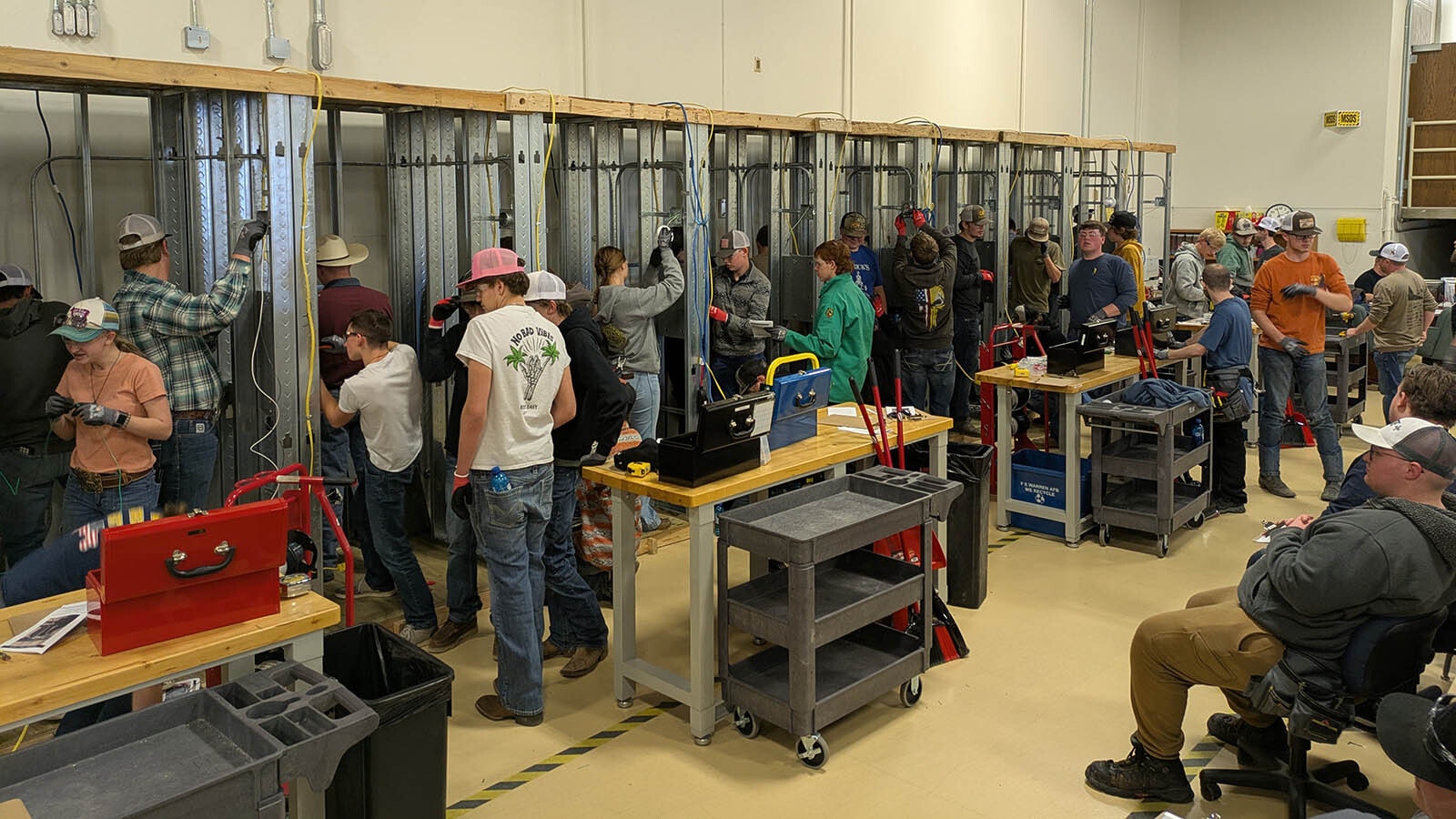A railcar carrying 60,000 pounds of ammonium nitrate, a chemical used in explosives at Wyoming coal mines, left Cheyenne for California on April 12. Two weeks later, the chemical was discovered missing from the railcar and no one is entirely certain what happened to it.
Ammonia nitrate is primarily used as a fertilizer, but it was also a key chemical used in the bomb that terrorist Timothy McVeigh built to blow up a federal building in Oklahoma City in 1995.
Explosive Company
The railcar was in transit from a Dyno Nobel manufacturing plant west of Cheyenne on route to Saltdale, California, which is near Mohave.
The company is a global commercial explosives manufacturer, producing more than 54 million pounds of packaged explosives and more than 1.2 million tons of ammonia nitrate capacity, according to the company’s website.
“The railcar was sealed when it left the Cheyenne facility, and the seals were intact when it arrived in Saltdale,” a spokesperson for Dyno Nobel told Cowboy State Daily.
Once Dyno Nobel learned of the missing chemicals, company employees notified the National Response Center.
The initial assessment is that a leak may have developed at the bottom gate of the railcar allowing the chemical to spill out at some point during its transit.
Not Dynamite
Ammonia nitrate is used as a fertilizer, but it’s also an ingredient in an explosive mixture used in Wyoming mines.
David King, Campbell County emergency management coordinator, told Cowboy State Daily that ammonia nitrate is regularly shipped to the Powder River Basin for use in explosive operations at its large open-pit coal mines. In trucks, the chemical is transported as a sort of pudding that’s kept hot to keep it from solidifying.
When there’s an accident and the chemical spills, the main concern is someone getting burned. King said in that form, it’s not going to explode.
“If you put a blasting cap in it, all you’re going to do is splatter it all over,” King said. “It’s not dynamite. It’s not nitroglycerin.”
At the mines, the ammonia nitrate is mixed with other chemicals, such as diesel fuel, and then blasting caps are used to make it explode.
The bomb McVeigh built contained 5,000 pounds of ammonia nitrate fertilizer which was mixed with 1,200 pounds of nitromethane, commonly used as a solvent, and 350 pounds of Tovex, a water-gel explosive made with ammonia nitrate and methylammonium nitrate.
Green Rails
The ammonia nitrate that was shipped from Dyno Nobel was in a pellet form, which adds air to the mixture. It’s transported in hopper cars, like the ones that roll out of the Wyoming coal mines.
Stan Blake, a former Wyoming state lawmaker and retired train conductor, told Cowboy State Daily it wouldn’t be hard to drain one of the hopper cars of its load of the pellets.
The cars have two or three sections, Blake said, and there’s a gate at the bottom of them.
“You can use up a big bar and open that gate and it'll pour out,” Blake said.
With a mobile conveyor belt, the chemical can be carried from the open gate into a truck.
Blake said sometimes cars would be registered as carrying loads, but they’d be empty — and vice versa.
“A lot of times they don’t get that right,” he said.
He said sometimes when the hopper cars were joined, they would slam together and some of the fertilizer would spill out. He said he’s known people to collect it in plastic bags and put it on their lawn.
“It’s great fertilizer,” he said.
King said that if it did spill out along the tracks, it’s likely to green things up around the rails.
Investigation Continues
The Dyno Nobel spokesperson said the transit from Cheyenne to Saltdale took nearly two weeks and included multiple stops.
“We have a team working to investigate the situation to determine if more can be learned about how and when the leak occurred,” the spokesperson said.
The railcar that was used is being transported back to Cheyenne for further inspection.
According to the spokesperson, the leak poses no threat to the environment or the communities where the company operates.
“We take this matter seriously and will work to understand how it happened and how it can be prevented from occurring again,” the spokesperson said.
The company said when a railcar leaves its facility, it’s under control of the rail company.
Don’t Set Your Hair On Fire
Union Pacific was the rail company used for the shipment of the chemical.
A spokesperson for Union Pacific told Cowboy State Daily that it works closely with its customers to investigate when commodities are lost or damaged.
The ammonia nitrate, the company said, is designed for ground application and quick absorption into the soil.
“Assuming the loss occurred during transport, the release of the fertilizer to the ground beneath railroad tracks should pose no risk to public health or the environment,” Union Pacific said.
King said it wasn’t likely stolen or gathered up after it was spilled for use in illegal explosives, as there are easier ways to acquire the chemical and it’s not particularly useful as an explosive.
“If I was going to make an IED [improvised explosive device], ammonia nitrate wouldn’t be my choice of explosive,” he said.
In the wrong hands, the stuff can be dangerous, but that’s not likely what happened here.
“It’s not a ‘set your hair on fire’ situation,” King said.
Kevin Killough can be reached at: Kevin@CowboyStateDaily.com





